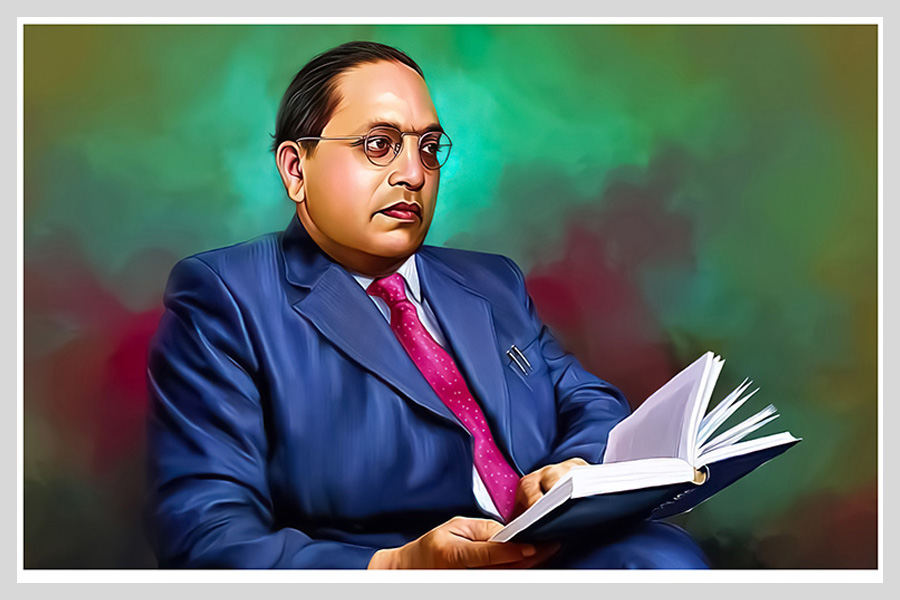
Given the inherent pluralism of the Dalit movements in India and the imminent pressures of the Partition of the subcontinent, the liberatory potential of the Ambedkarite movement was gradually consumed by the need to build India’s constitutional frameworks.
Authors
Arup K. Chatterjee, Associate Professor, Jindal Global Law School, O.P. Jindal Global University, Sonipat, Haryana, India.
Summary
By the end of the nineteenth century, caste began to obtain ubiquitous meaning in the daily lives of Indians. Definitions of caste often revolved around Brahminical notions of purity and pollution, and often aggressive resistance to such notions.
In political scientist Gopal Guru’s terse reading of B R Ambedkar’s diagnosis of the problem, castes were and remain ‘constrained within watertight social compartments,’ with ‘social mobility’ between them ‘prohibited by control over women’s sexuality and the rigorous implementation of the concepts of purity and pollution’ (Guru 2016: 25).
Published in: The Indian Express
To read the full article, please click here.

